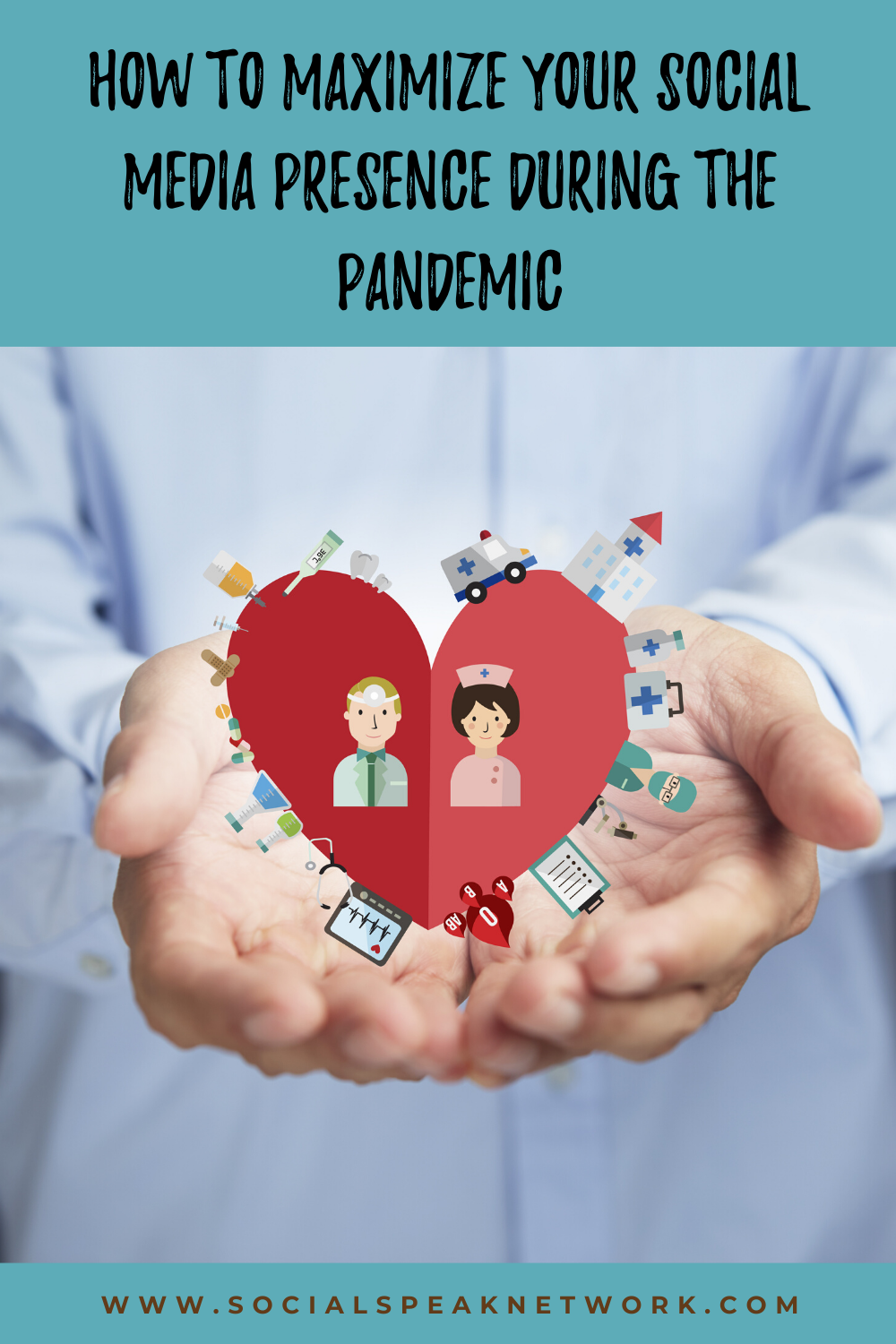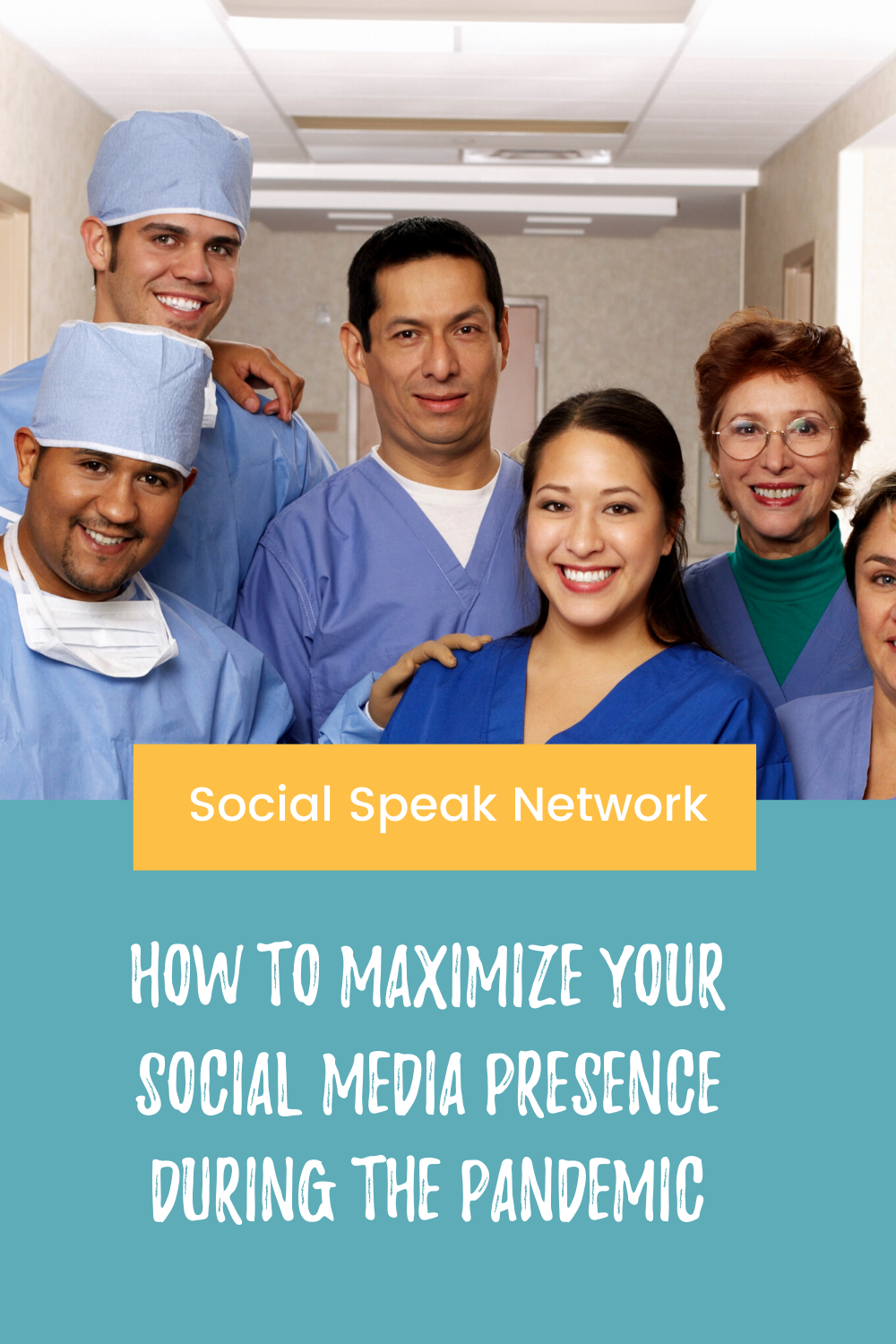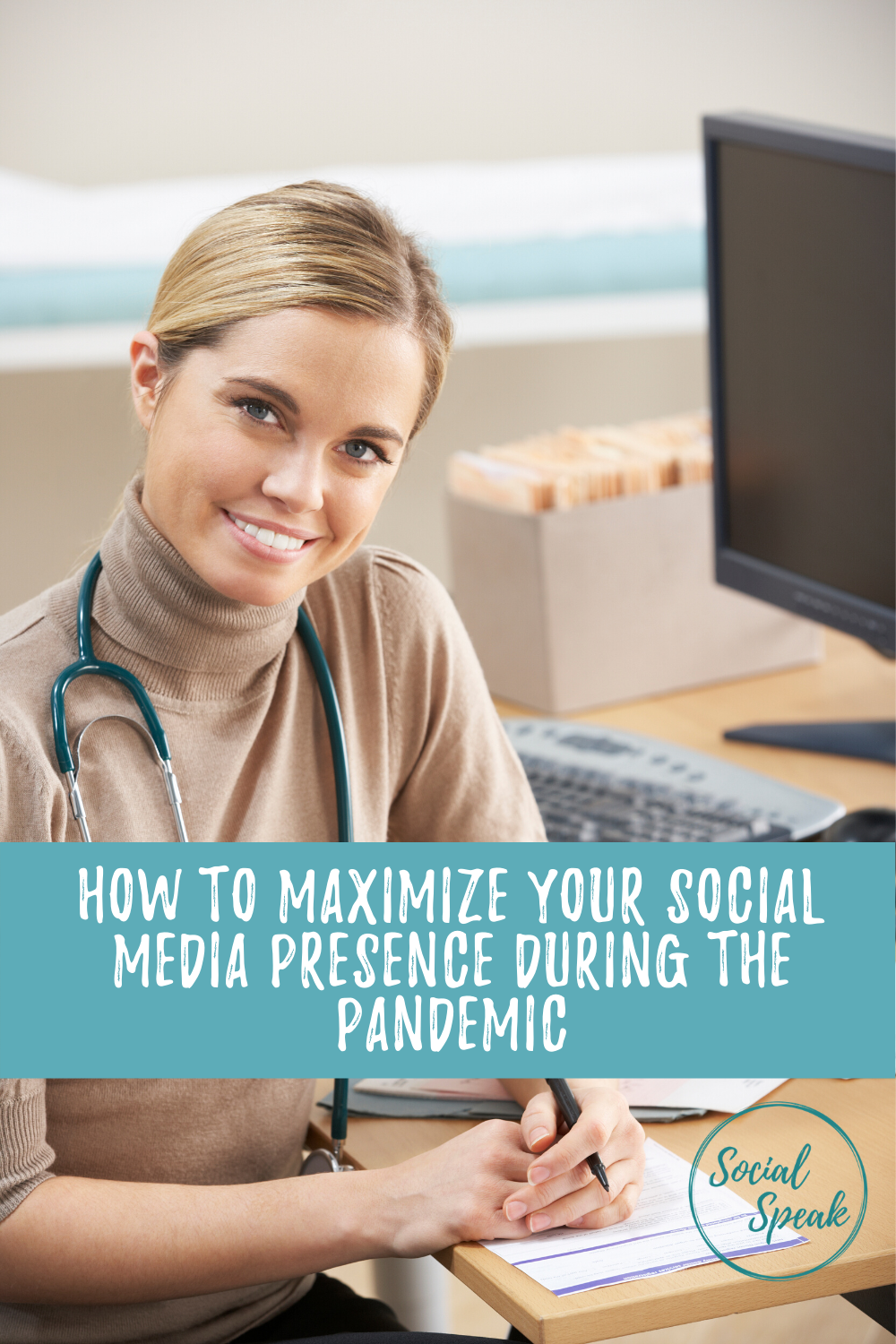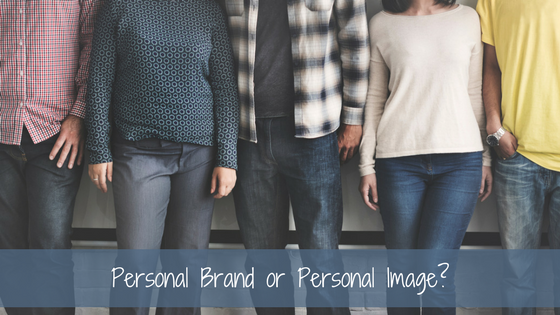The unprecedented COVID-19 outbreak has holed up a huge chunk of the global population in their homes. It has created a healthcare crisis alongside an economic crisis. Unfortunately, no one seems to be able to say when the COVID-19 outbreak will end.
With emotions high, it is important now more than ever to put extra thought into what messages you share with your target audience.
Here are 6 ways healthcare providers can maximize their social presence during the COVID-19 crisis.
Educate your audience
Studies suggest that nearly 66% of internet users get their news online, specifically from social media.
Information is powerful and can help save people’s lives, especially during this pandemic.
COVID-19 cases have surged across the globe, so does the number of people searching for information about the virus. People need answers to questions like:
- What are the symptoms of COVID-19?
- How will I know when it is time to seek help at a hospital?
- Should I stay home if the symptoms are minor?
- Where can I get tested?
- How do I avoid infecting others?
As a healthcare professional, you have enormous potential to educate your community. Your first step would be to provide answers to combat those concerns. Write a blog or record a video, and then post it on your social media page.
Beyond the fact that it is the right thing to do, sharing valuable, accurate information can help you grow your authority and build your organization’s thought leadership.
Counteract misinformation
Living in the digital world, information is just a mouse-click away. This free information age is a good thing. Unfortunately, false information is rampant, especially on social media. Some people who see them may think what they are reading is actually true, and that could be harmful. Worse, people are sharing “fake news” to their family and friends.
In a step in the right direction, WHO has launched a chatbot on Facebook Messenger to combat COVID-19 misinformation. The WHO Health Alert was developed in an effort to provide instant and accurate information about COVID-19. This movement aims to help people understand the facts related to the disease, protect themselves from COVID-19, and prevent its spread.
Counteract misinformation by sharing factual, accurate information about what is currently known about COVID-19. Another option is to share blog posts from trusted sources such as the CDC and WHO.
Encourage social distancing
Despite the surge of COVID-19 cases across the globe, a lot of people still underestimate the seriousness of the virus.
At this point in time, people’s safety is a top priority. You can use social media to help people understand that this is absolutely serious. Globally, more than 2.25 million people have been diagnosed with the virus, and more than 170,000 have died.
Use your voice to convince people to comply with social distancing, stay at home, and consequently help flatten the curve.
Take every opportunity to engage
With COVID-19 sending people indoors for more hours than they’re used to, many of them are relying on social media to stay in touch with family and friends, consume news, and entertainment.
Your fans and followers are spending more time online than they ever have before, and you want to stay connected to them. Take this opportunity to engage with your audience and deepen your relationship with them.
Social media is a great place to start a conversation, inspire, and spread the good news. Get in front of the camera and talk to your audience. People need hope. They want to see that there is a reason to smile. We all know that it is a difficult time, but you want to continue to uplift and inspire your followers.
By answering questions and concerns, as well as providing updates about patient recoveries and treatment options, you are acting as a resource to those who are anxious and could use some extra help to get through this difficult time.
You still have to comply with HIPAA
There are no dedicated HIPAA social media rules. But as a medical practitioner, you still have to comply with HIPAA regulations.
You must protect the privacy of your patients at all times. That means you should never include information that can be used to identify individual’s patients or their medical records. This includes name, photos, date of birth, medical data, social security number, etc.
Consider telemedicine
Living under lockdown conditions while a pandemic encircles the globe can be difficult. As basic supplies go short and some healthcare professionals get diverted to COVID-19 wards, some patients are struggling to get treatment.
Integrating telemedicine to your practice means being able to see patients who need routine checkups without risking a visit to a medical office. Instead of leaving the house and sitting in a waiting room full of other vulnerable patients, patients can get the care they need at the comfort of their homes.









